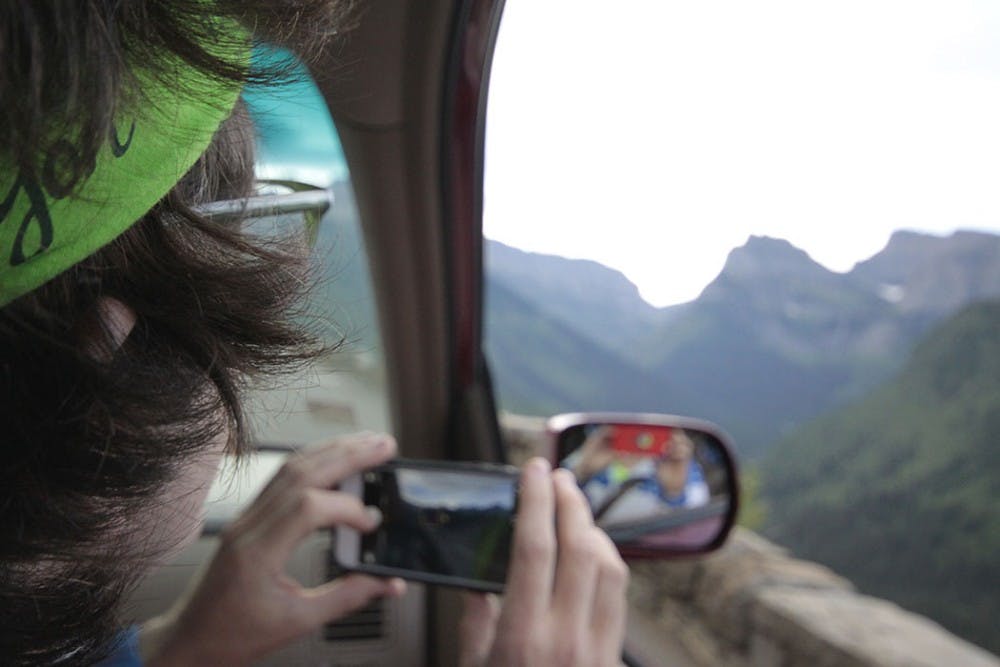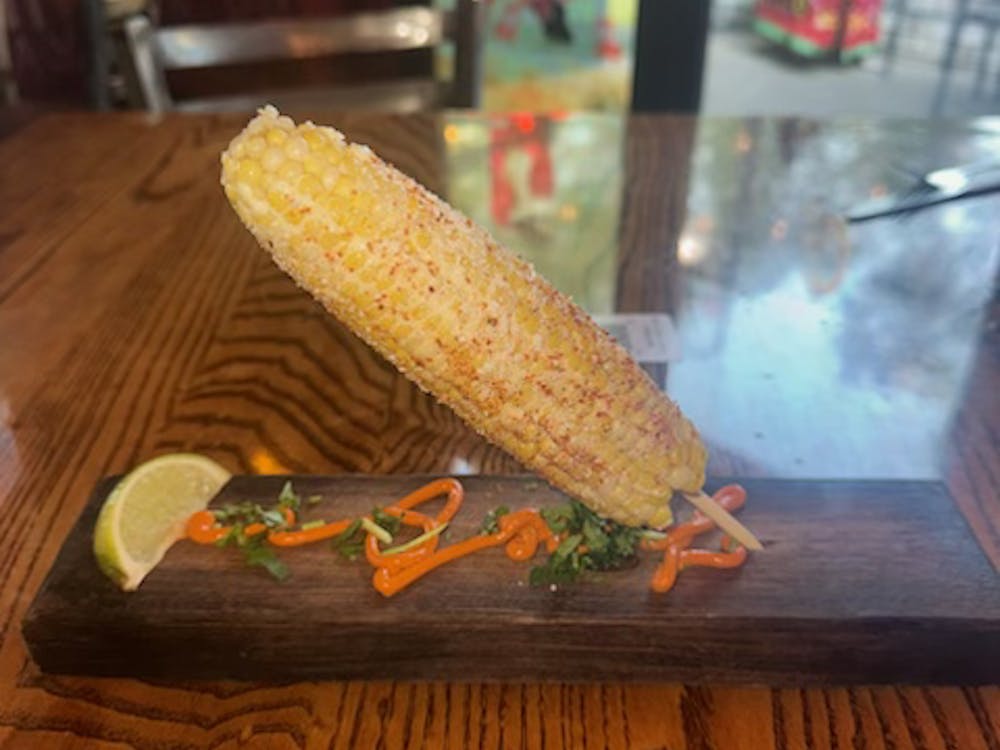Ever since visiting the National Parks with his dad as a child, University alumnus Darius Nabors has dreamed of visiting every single National Park. In the summer of 2015, Nabors and University alumnus Trevor Kemp left on a trip that would allow him to accomplish this goal in just over a year’s time.
Nabors planned an extensive itinerary for visiting all 59 U.S. National Parks within 59 weeks, aiming to end Aug. 25th — the 100th anniversary of the Park Service.
“It’s always easier to come up with an excuse than it is to do whatever it is that you want to do,” Nabors said. “I put a huge visual in my room that was a map of the National Parks. I saw that every single day and thought, ‘Regardless of what happens today, I need to be thinking about the parks and how to make this trip happen.’”
Nabors said this in turn made the little things easier to plan.
“I knew for example that I needed to save more money. So I’d ask myself, ‘Do I pack my lunch today, or do I go to Qdoba?’” Nabors said. “The way that I visualized it is sitting on the porch with my future kids and one of them turns to me and says, ‘Dad, what do you most regret about your life?’ For me — before I did the trip — it would be, ‘Never going on that National Park trip.’”
Additionally, Nabors said it was older generations who had the most positive feedback when commenting on the trip. Elderly people whom Kemp and Nabors would meet on the trip expressed regret that they had not done something similar when they were younger.
“It was funny because I think a lot of young people were like, ‘Are you sure that’s a good idea? What are you going to do about a job? What are you going to do about retirement?’” Nabors said. “Older people are like, ‘I wish I could still do that, my knees hurt.’”
The trip was largely planned to hit different parks at the most weather-convenient times.
“[Nabors] had a pretty defined start and end date, and it made a lot of sense to end with the National Parks Centennial … and that meant starting in June,” Kemp said. “I was like, ‘Wow, I have two months to move out of my house and quit my job and become homeless for over a year.’”
Prior to the trip, Nabors said he and Kemp were more of acquaintances, knowing each other through playing on a number of intramural teams.
The two met again at the Tom Tom Founders Festival in April 2015, and Nabors brought up the trip.
“I said, ‘Hey, what have you been up to?’ He said, ‘Not too much. I’m thinking of quitting my job and going to all the National Parks on one big road trip … and I’m looking for someone to go with me,’” Kemp said.
In addition to clothing and gear for their trip, Nabors and Kemp packed extra sleeping bags.
“I wanted friends to be able to say, ‘I can just fly into [Los Angeles] and join you guys in the Utah Parks and I could say, ‘Yeah, you don’t have to worry about a sleeping bag,” Nabors said.
In addition to joining a friend for their 19-day trip rafting the Grand Canyon, the two had a number of people visit them during their trip, including members of the U.Va. Clubs of Annapolis and Portland.
One of Nabors’ favorite parts about the parks was camping in the backcountry.
“It’s essentially a choose-your-own-adventure of whatever you want to do in the park,” Nabors said.
In Petrified Forest National Park — which does not allow visitors overnight in the park except those with backcountry permits — Nabors and Kemp were two of only three people allowed in the park overnight.
Arches National Park — a place Nabors visited as a kid — had stopped issuing backcountry permits due to problems handling increases in visitation, an issue Nabors is trying to fight. Although he understands problems with increased traffic, Nabors said decreasing the amount of backcountry permits issued would do little to curb overpopulation in the parks.
“Imagine if you had 800 people show up to Chemistry 141. What do you do? There’s not enough seats. There’s people sitting on the floor. It’s a violation of firecode. It’s kind of that issue,” Nabors said. “You have 1,000 people showing up to a park where’s there’s 100 seats.”
Kemp agreed the situation was difficult.
“It’s kind of a double-edged sword,” Kemp said. “There are some parks that get loved to death. They’re already at capacity and if you increase visitation beyond what it is already, to some extent you’re harming what’s there, and that’s a very difficult line for the park service to toe.”
Looking forward, Nabors said he hopes to make use of 360 degree photos, like the ones he took and posted on Google Earth during the trip. In looking back at some of the photos, Nabors said he was surprised to find they had more than 3 million views.
Nabors has done presentations at schools and other places about a program that would combine 360 degree photos and virtual reality to take students on ‘virtual hikes’ of National Parks they might not be able to access these places otherwise.
“If you can see the rewards from your classroom and home you can show these people why these places are so important and why they need to be protected and saved,” Nabors said.
Reflecting on his journey, Nabors said he has multiple distinct memories from each park.
“I’ve been home six weeks, but it feels like it’s been five days. I think a lot about what I was doing a year ago today,” Nabors said. “In the past year I’ve [done] 200 things.”







